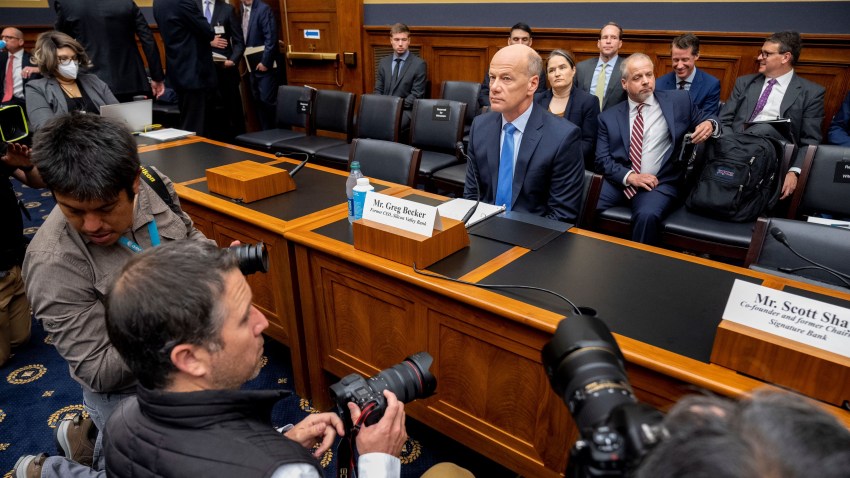Financial instability and bank failures are back in the news. In the past three months, three of the United States’ 30 largest banks have collapsed: Silicon Valley Bank, or SVB, at No. 16 with $209 billion in assets; Signature Bank, at No. 29 with $110 billion; and First Republic Bank, at No. 14, $213 billion. The bank run in March on SVB, in which depositors withdrew roughly $45 billion over the course of just two days, was the largest in U.S. history, nearly three times the size of the one on Washington Mutual Bank in 2008, which totaled $16.7 billion over the course of 10 days.
The U.S. government’s policy response to these bank failures has been large and aggressive. Quite clearly, the Federal Reserve and the administration of President Joe Biden have been determined not to repeat the mistakes and ensuing turmoil of the 2008 global financial crisis. On March 12, just four days after the initial run on SVB’s deposits, the U.S. government announced that it would guarantee the accounts of all depositors at both SVB and Signature. This included the 90 percent of accounts that were not fully insured because they exceeded the $250,000 deposit insurance limit under Federal Deposit Insurance Corporation, or FDIC, regulations. As of this writing, the FDIC estimates that the cost of these bank failures will exceed $35 billion.
The Federal Reserve announcement also established an emergency lending program to make sure that banks did not need to realize large losses to cover mass withdrawals. The Fed also announced that its weekly swap lines with the world’s other major central banks would be offered daily, instead of weekly, in an effort to preempt global financial contagion.

